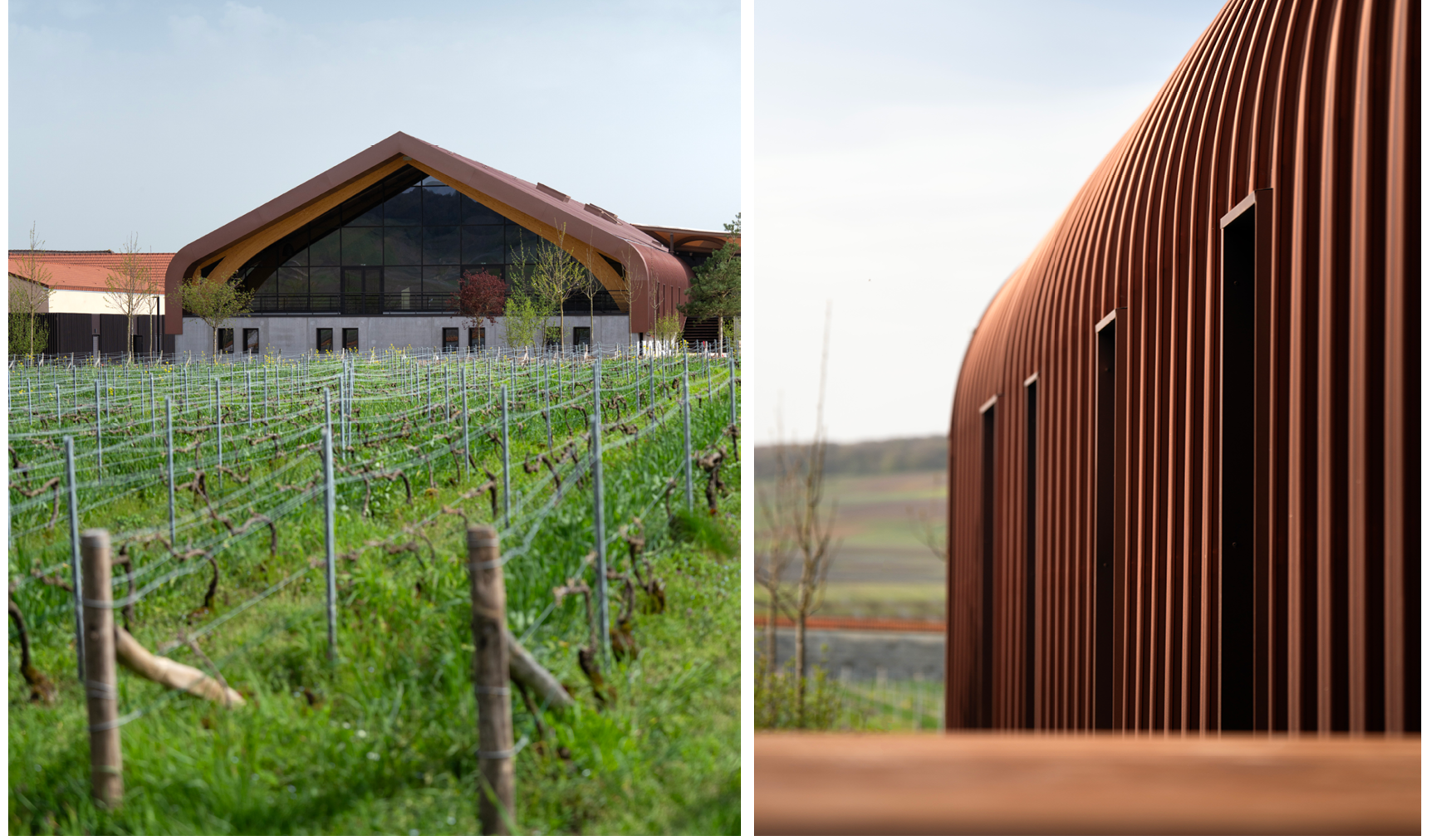
There are many things to love about AW2 Architects’ new Krug winery in the Champagne heartland of Ambonnay, north-east France. Its almost invisible imprint, a genuine relationship with the landscape, and that surprisingly modest name – ‘Joseph’ – are just a few.
The label is indeed a touch humble for a big business that has been family-run since 1843; and now, with LVMH as parent owner. But it displays the spirit that runs through the entire Maison Krug operation. A refreshingly modern thinker, Joseph Krug believed that the ‘true essence of champagne is pleasure itself’, a wholly uplifting missive around which the house revolves today. Total excellence was his benchmark. And so, regardless of cost, because they produced the best, Joseph Krug was absolute in his dictate that no Krug champagne variety would be treated any differently than the other.
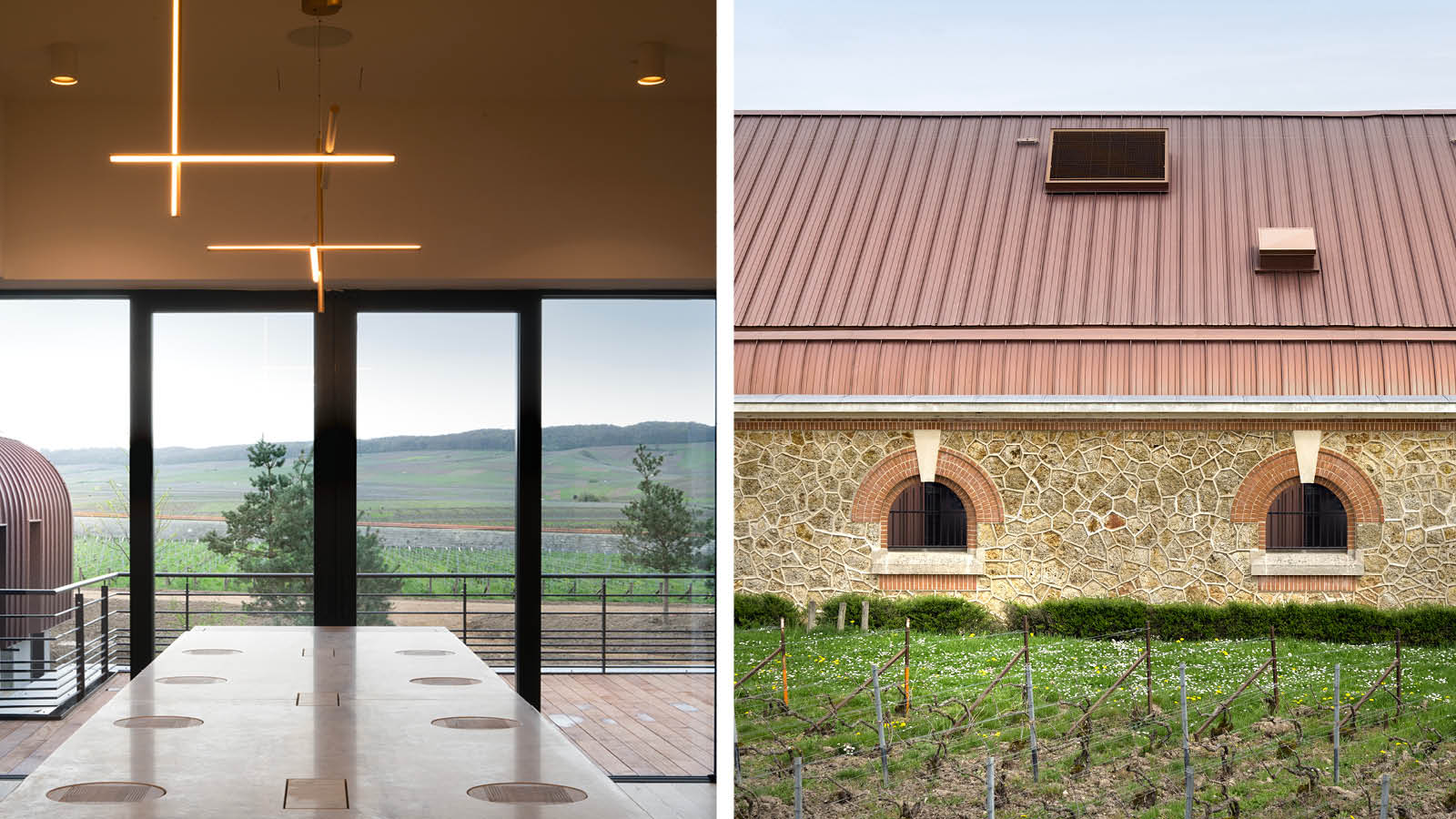
Explore the new Krug winery
This egalitarian vision steered the new site and building, which would bring Krug’s entire operation, previously scattered around the region, under one roof, ensuring at the same time that every worker would benefit from the new workspace. But how do you approach a significant build where hallowed traditions and new tech take equal billing across the seven years it takes to create a bottle of Krug champagne, in a tiny, medieval village?
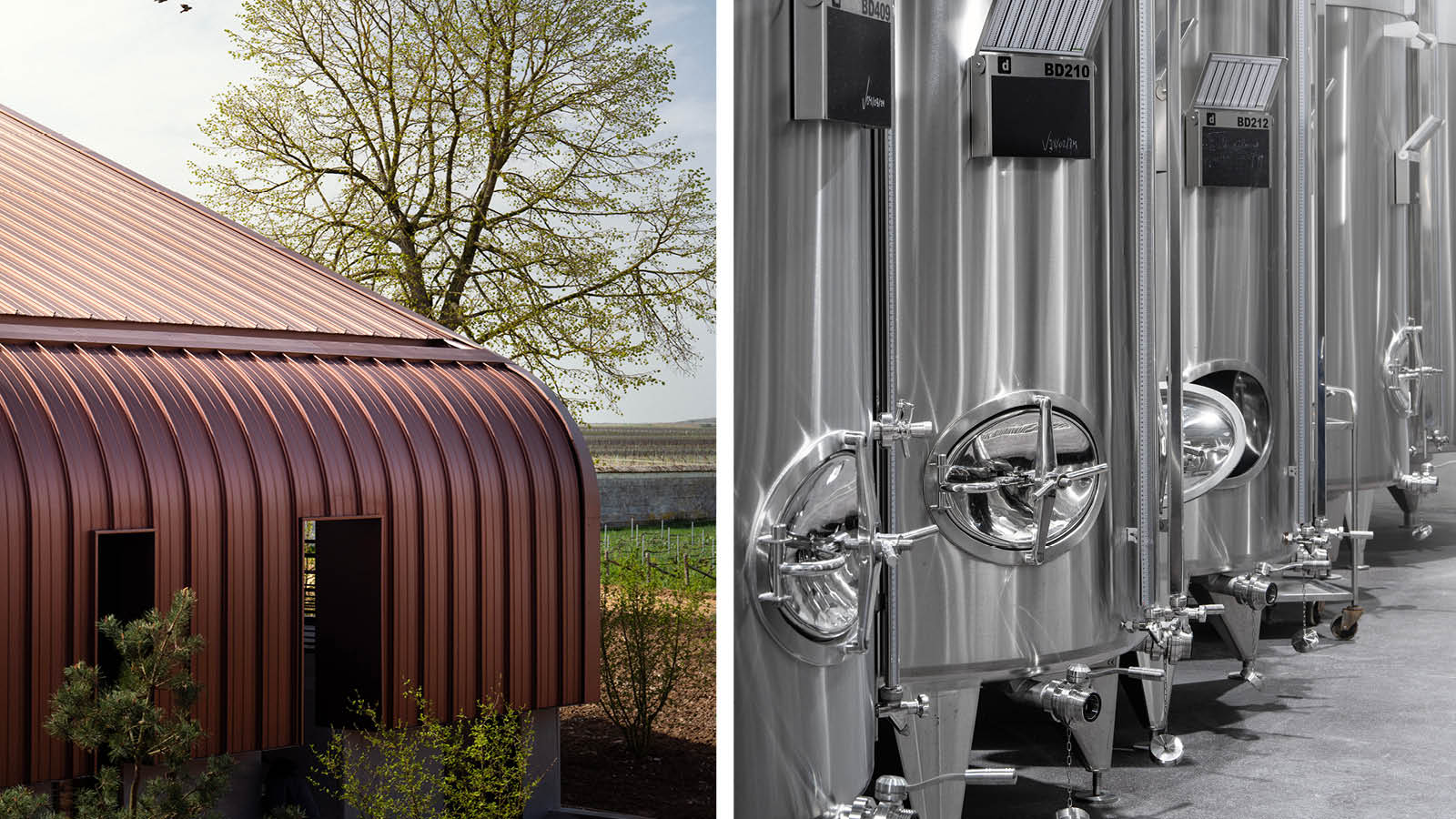
Krug’s new home spans 9,500 sq m, with five underground wineries, eight cellars and 0.68 hectares of vineyards. The team, led by Krug cellar master Julie Cavil, in collaboration with AW2, engineers GNAT, and the project managers, who specialise in winemaking operations, spent two years developing Joseph. All understood that its success depended on an open dialogue with all those in the Ambonnay vicinity.
‘Ambonnay is a small village, with 900 inhabitants, and we cannot impose ourselves. We would not do that. We are respectful to them and the industry that surrounds us,’ Cavil explains.
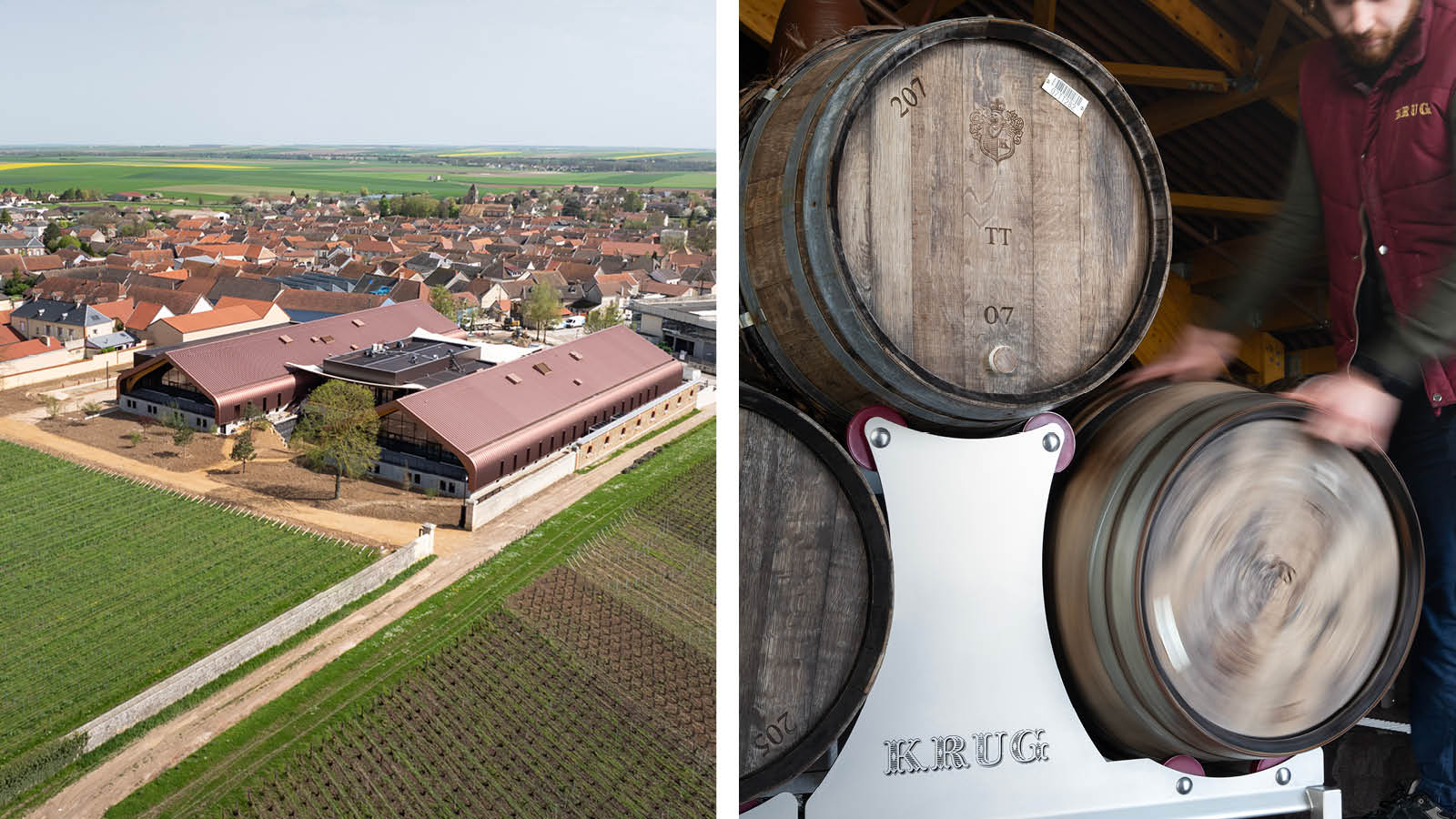
As such, the winery is formed as a pair of matching, long buildings, with copper-coloured roofs in keeping with the overall character and cable styles that define the village. Considering the project's ambition, the winery is barely visible within the landscape. Everyone involved signed up to the 'Low Environmental Impact Worksite' charter committing to low-carbon materials, reuse and recycling methods, local sourcing and low-impact site construction.
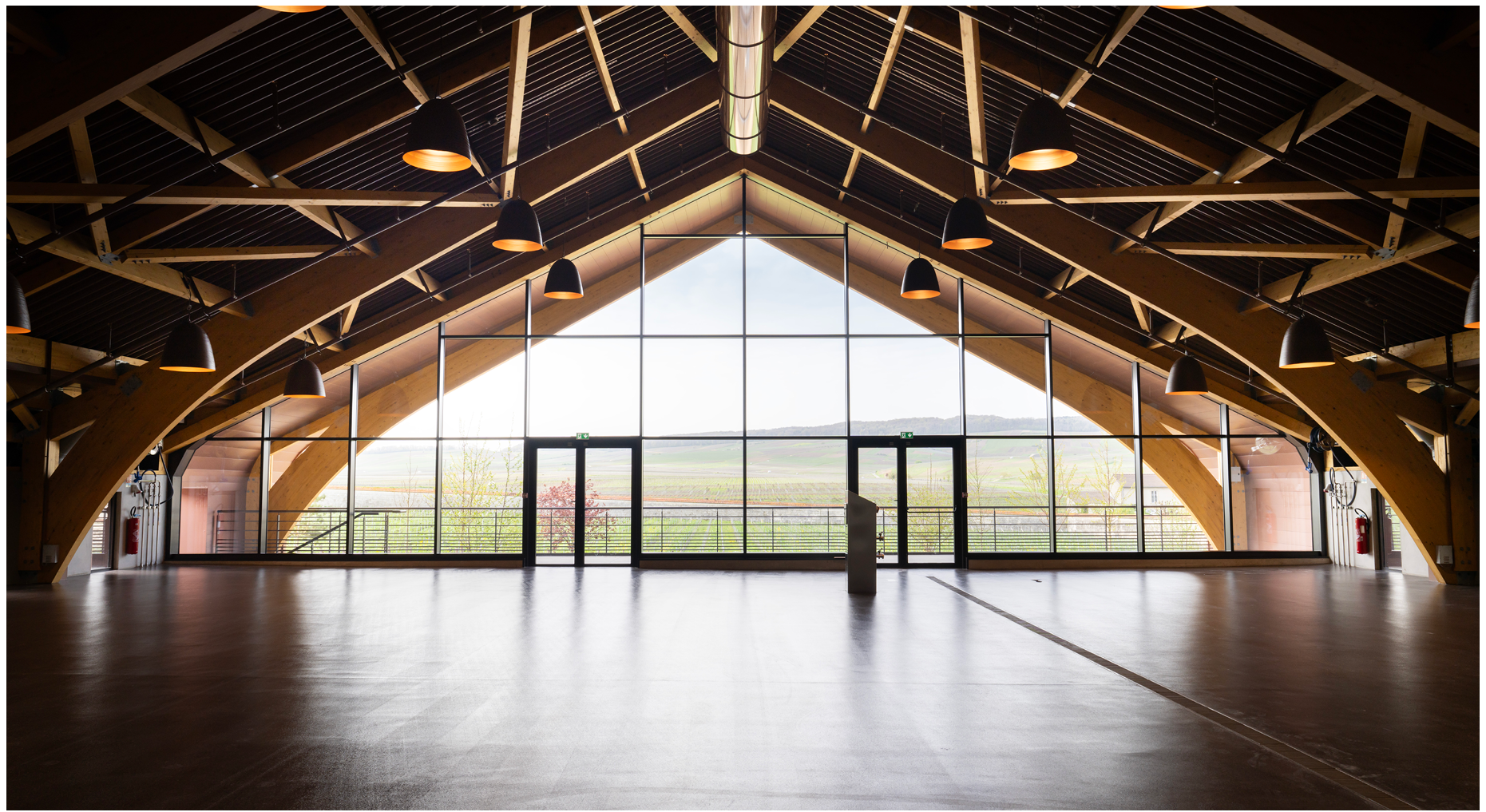
Krug was desperate to modernise: ‘We wanted to create perfect storage conditions because we have suffered in the historic sites from not having good regulation for gravity and core temperature,’ Cavil says. ‘For years, we managed well, and it wasn't a problem, but summer temperatures have been rising, which influences fermentation, so we knew we could not operate as we had been.’
The eight specific cellars in Joseph allow for varied regulations from the beginning of the harvest, so they are not just reliant on one solution.’ The new build also sparked change around the day-to-day workings and a creative rethink about how the whole business, from people to production, might benefit.
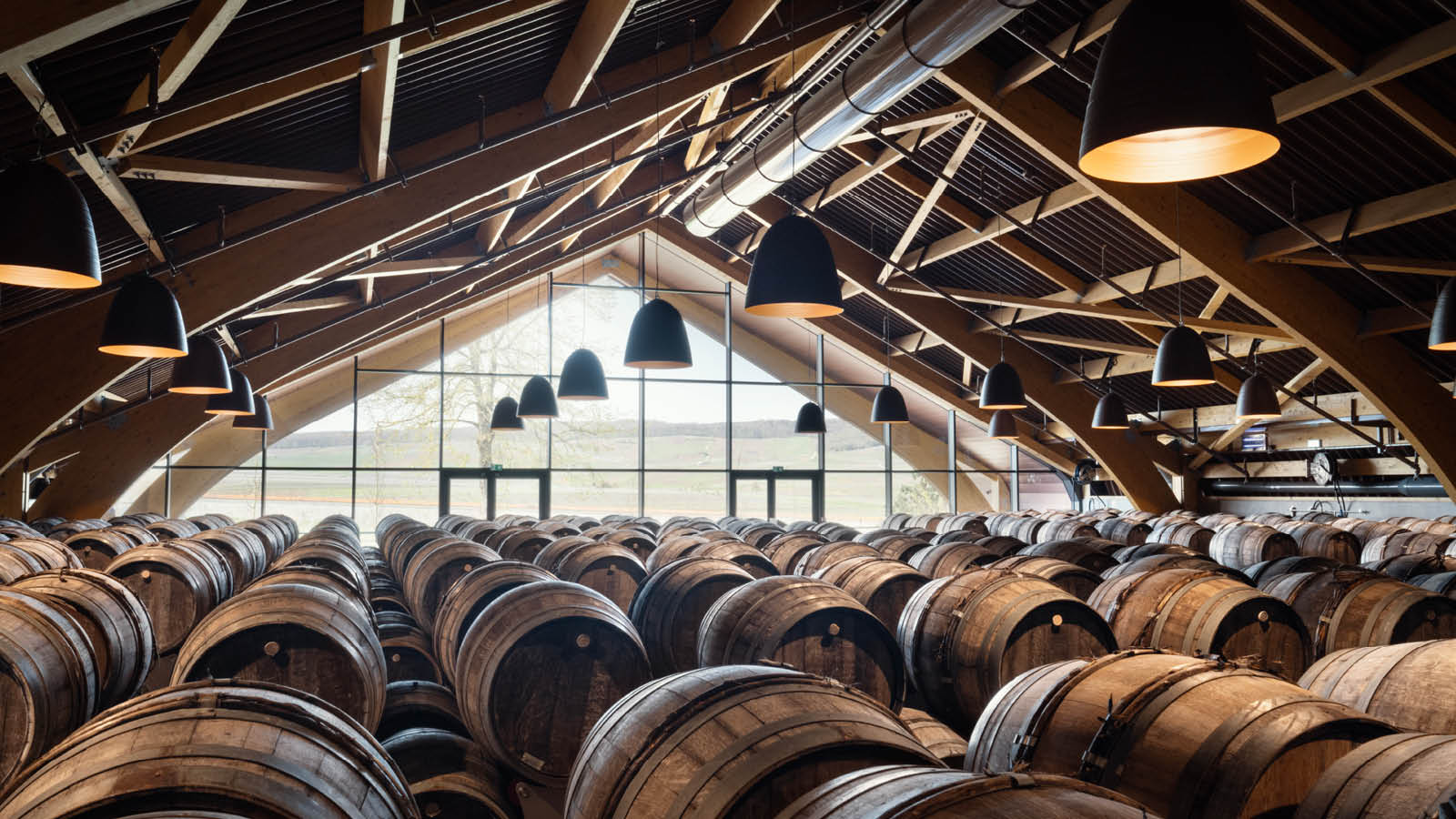
The winery was designed down rather than up, and GNAT scooped out a sizeable chunk of the earth to create the lower floor. So, while the upper levels house the cellars, the tanks are situated at the bottom. Joining these is the middle ‘bridge’, at a height just shy of the cellar roofs, which houses offices, tasting rooms, and all other communal areas, so that from above, the building forms a tidy H-shaped construction.
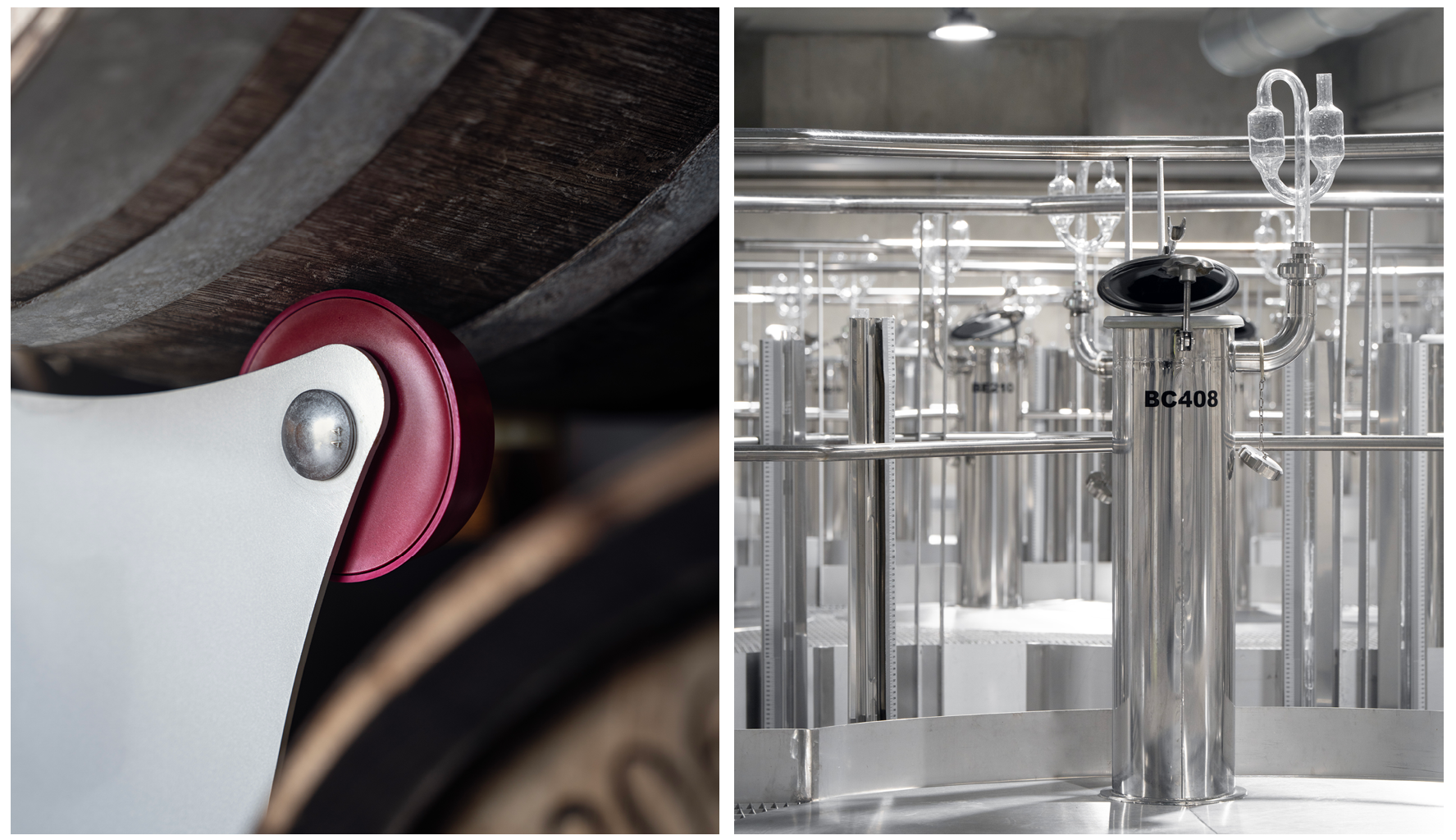
Concrete was chosen as a key construction material because, as Cavil points out, ‘It lasts forever. It may not score so high as a sustainable choice during construction but in the long-term, it’s a good choice because of its low energy consumption. Concrete is airless.’ It is also very good for the wine, from storing to consumption, as it’s easy to maintain a steady temperature. Cavil also appreciates the organic nature of concrete’s slightly rough finish. ‘It reflects the fact that Joseph is a working site,’ she says.
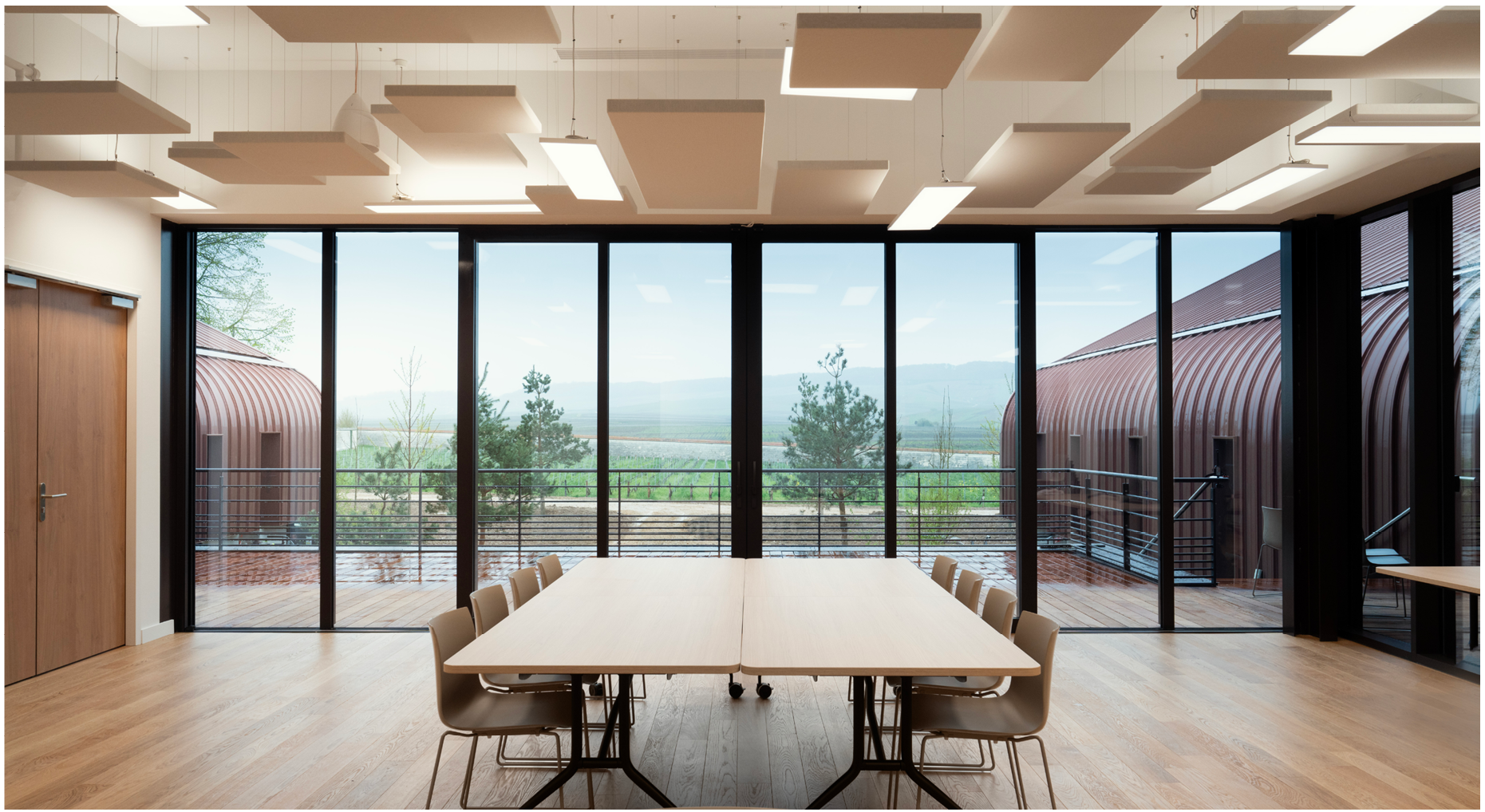
Practical considerations apart, winemaking is a business that ultimately hangs on the capricious antics of nature. To that end, Krug’s Joseph winery is designed so that you can see the vineyards from every vantage. ‘The vines give us inspiration,’ explains Cavil. ‘Watching the weather is in our DNA, and so here, everyone gets a peek at the process, to be connected to it. We can run in and out and feel the winds whenever we like,’ she says, smiling.







